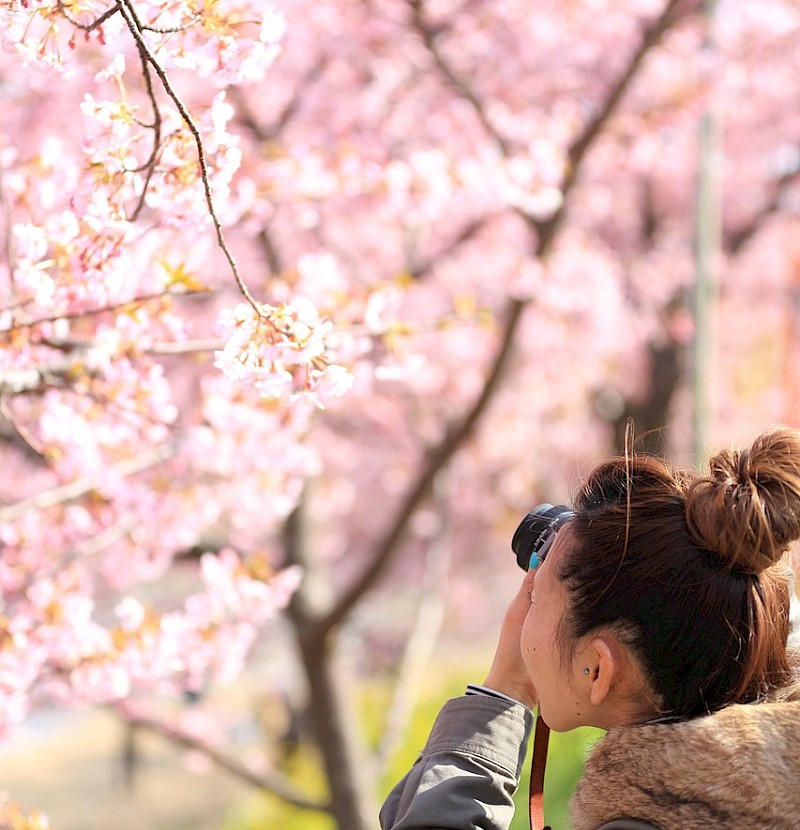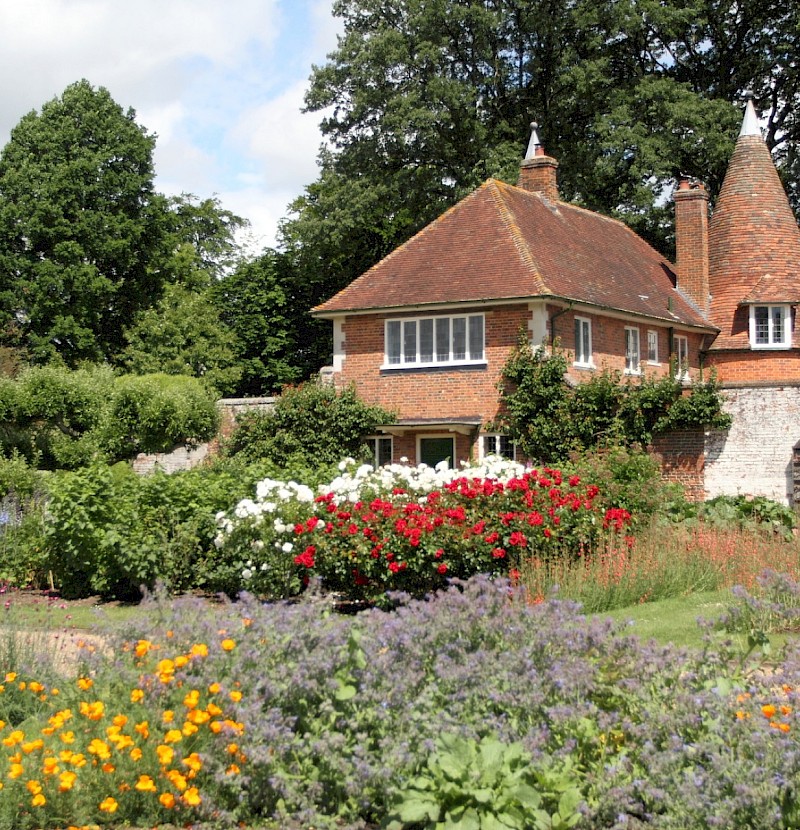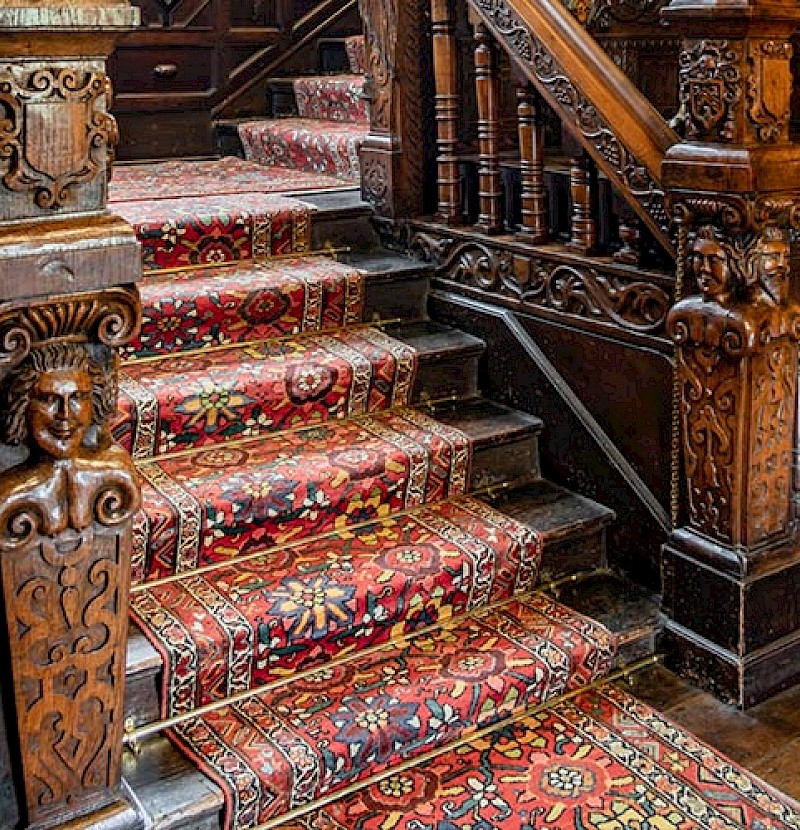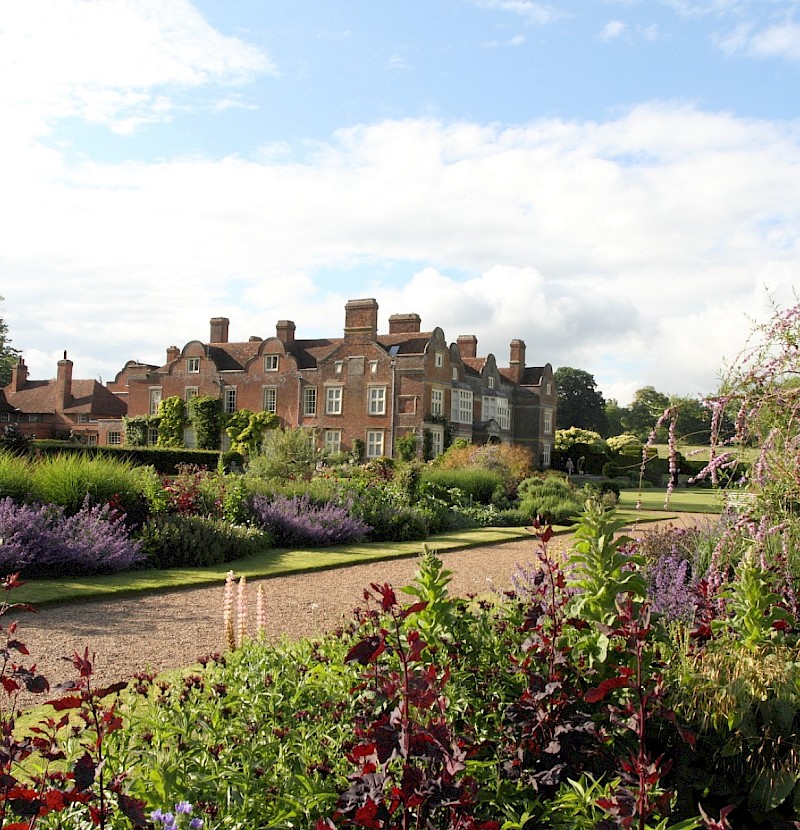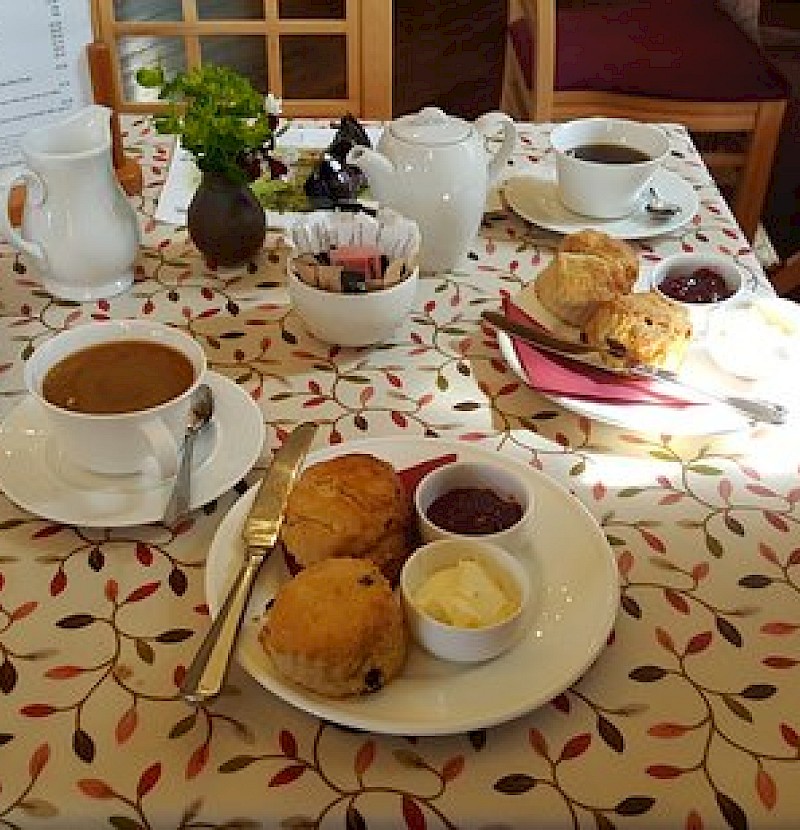About
Godinton House dates back to the 14th century, when the Great Hall was first built. The house was then constructed around this central room over the subsequent centuries: the greatest part of it is Jacobean, but the most recent alterations were in the early 20th century.
For the most part of its history, Godinton was the seat of the Toke Family, Kentish gentry, who oversaw the majority of its construction according to their tastes. Eventually Godinton was sold to the Ashley Dodds, who employed the architect Reginald Blomfield to alter and update the house and gardens. In 1917, Godinton was sold to Lillie Bruce Ward, whose family lived here until the last owner’s death in 1996.
Standing in its tranquil parkland setting, it has seen the rise and fall of a score of monarchs, uprisings, rebellions, Civil War and the threat of invasion. Like the great oaks in the park, it has been buffeted by the occasional onslaughts of change, but has remained relatively unsullied by time. It has been fortunate, and unusual among its neighbours, in having only two major changes in ownership in six hundred years. It has been doubly fortunate in that its owners improved their inheritance without sweeping away what had gone before, ensuring that such a rich heritage continues.
Timeline
De Godynton Family
The earliest known ownership of Godinton House dates back to the 14th century, when Alan de Godynton was Lord of the Manor. Ownership amongst the de Godynton family continued throughout the reign of Richard II (1377-1399), as they passed the house down through their family until the sale of the property to the Champney brothers in 1399.
This period saw the construction of the Great Hall, the core of the house. The building followed the structure of a traditional Kentish Hall House consisting of a timber frame, a Great Hall at the heart of the building and a small number of rooms either side.
The tie beam and crown post, erected to support the Great Hall, is still visible today.
Sold to three Champney Brothers
The Goldwells
In 1405, the house was sold to Thomas Goldwell. It then proceeded to pass through the Goldwell family between 1405 and 1474.
In 1474 Joan Goldwell married Thomas Toke, uniting the two families and beginning the Toke lineage at Godinton.
Beginning of Toke Ownership
Inheritance of property by Thomas Toke and Joan Goldwell.
John Toke (d. 1513)
Son of Thomas Toke, John Toke was granted an augmentation of three greyhounds to his coat of arms for carrying dispatches, suggesting his importance to Henry VII.
John Toke (1496-1565)
Nicholas Toke (d. 1599)
John Toke (1559 – 1628)
Captain Nicholas Toke (1588-1680)

The longest continuous resident of Godinton House, Captain Nicholas Toke, owned the site from 1627 for over 50 years.
Married 5 times, he is reputed to have died on his way to London in November 1680 to acquire a sixth wife!
Before his accession, Godinton was a quadrangular house with a central court. Captain Nicholas is responsible for reducing the size of the central court to accommodate the construction of the Grand Staircase, leading to his new Great Chamber. He is also responsible for inserting the plaster ceiling set into the Great Hall, creating the barrel vault ceiling seen today.
Above, you can see one of the largest portraits in Godinton’s collection of Captain Nicholas. This portrait can be seen on tours of the house.
Sir Nicholas Toke (1636-1725)
Captain Nicholas had no male issue and so his nephew, Sir Nicholas Toke, succeeded to the property in 1680, remaining there for 20 years.
He left Godinton in 1702, taking much of the furniture with him.
John Toke (1671 – 1746)
Nicholas Toke (1702 – 1757)
John Toke (1738 – 1819)

John, the son of Nicholas Toke, inherited Godinton in 1757 and was made High Sheriff of Kent in 1770.
He is described in 1814 as having ‘made considerable alterations to the house’. He is responsible for altering the North Front of the house, alongside refronting the south range, which is now marked out from the rest of the house by its sash windows.
His most notable change, however, is that of the dining room. In 1770 he completely transformed the room by raising the ceiling and painting the walls to represent walnut panelling.
Nicholas Roundell Toke (1764 – 1837)

Although living at Godinton from 1800, John’s son Nicholas did not succeed to the estate until his father’s death in 1819.
He commissioned Thomas Willement to create heraldic glass, alongside adding numerous carvings and symbols of heraldry throughout the house.
He also acquired the fireplace now seen within the Great Hall, which continues to be used today.
Revd. Nicholas Toke (1799-1866)
Nicholas Roundell had no male issue, and so ownership passed to his nephew in 1837, the Revd. Nicholas.
Colonel John Leslie Toke (1839-1911)
The son of Revd. Nicholas, Colonel John Leslie Toke inherited Godinton in 1866, and was the last member of the Toke family to own Godinton. Ruining his social reputation through an affair, he chose to reside in Camberley, proceeding to let Godinton House to numerous people during his period of ownership.
One tenant, Edith Hall Murray, produced numerous watercolours of the interior of Godinton in the 1880s, which can be seen on display within the house today.
John eventually sold the property in 1896, marking the end of the Toke lineage at the site.
End of Toke Ownership
Ashley Dodds (resided at Godinton 1896-1918)

George Ashley Dodd (1841-1917) and Marguerite Ashley Dodd (1851-1930)
Buying the house from Colonel John Leslie Toke in 1896, the Dodd’s carried out the most extensive structural alterations for upwards of 100 years, leaving a significant mark on Godinton that remains today.
The Dodd’s employed Reginald Blomfield, who remodelled rooms within the house alongside overseeing a complete overhaul of the design of the gardens. Until this period, Godinton was particularly masculine, dominated by the dark wood walls seen in many rooms today. Blomfield introduced a lighter theme to the house in the White Room and Gallery and also added a new wing to the western end of the house in 1897.
George Ashley Dodd died in 1917, and the house was sold the following year to Mr and Mrs Bruce Ward.
The Hon Mrs Lillie Bruce Ward (1866-1951)

The Hon Mrs Lillie Bruce Ward (1866-1951)
The third daughter of Lord Doverdale, a wealthy industrialist, Lillie married Robert Bruce Ward in 1897 and bought Godinton in 1918.
She too made notable changes to the infrastructure of the house that remain in place today. In 1925, she commissioned Liberty & Co. to open up the east wall of the Great Hall, opening it into the Priest Room and the Gallery. Across the house, she also transformed an existing breakfast room into a space to showcase a collection of items and furnishings influenced by the Chinoiserie trend.
Geraldine Wyndham Green (1898-1937)
Lillie’s daughter Geraldine married Captain Graham Harry Wyndham Green in 1920. She was the mother of the last owner of the house, Alan Wyndham Green. Unfortunately, Geraldine passed away at the age of 39.
At this time, Alan came to live at Godinton with his grandmother, Lillie Bruce Ward, and remained there for the rest of his life.
Evacuation of Godinton (1940-1943)

In 1940, while in ownership of the Bruce Wards, Godinton House was evacuated for the War. It was firstly utilised as a rest and recreation centre by the Navy, and later as a headquarters and base for armoured light reconnaissance regiments before D-Day. Evacuees were also housed on the estate, though not within the main house. The family lived in Gloucestershire during this time, before moving back to the house in 1943.
The First Royal Dragoons (Squadron B) were stationed here and utilised much of the house every day. This included using the Great Hall and Priest Room for training and briefings, and the Dining Room for meal times. The photograph above shows the Middlesex Regiment outside the house in July 1942.
Alan Wyndham Green (1921-96)

The son of Geraldine, Alan attended Harrow and Jesus College, Cambridge, before his education was interrupted by the war, seeing him being commissioned into the Rifle Brigade and serving abroad.
Upon his grandmother’s death in 1952, the estate passed into his hands. Alan took care of Godinton for 44 years, beaten only by Captain Toke. A keen gardener, with detailed knowledge on agriculture, Alan remained very involved in the running of the house, gardens, and wider estate up until his death in 1996.
The Godinton House Preservation Trust (1996 – Present)
The Godinton House Preservation Trust was established by Alan in 1991 as a charitable trust to secure the preservation of Godinton House and its contents, grounds, and parkland ‘for the public benefit’. It took over ownership of the property upon his death, and continues to care for the house today.
For more information on the Trust, and its role, please click here.

